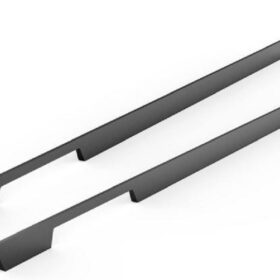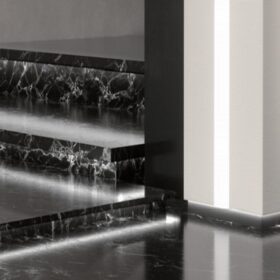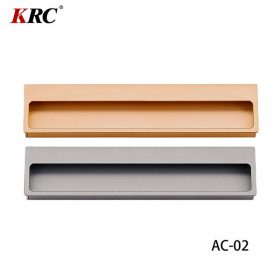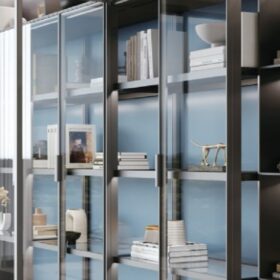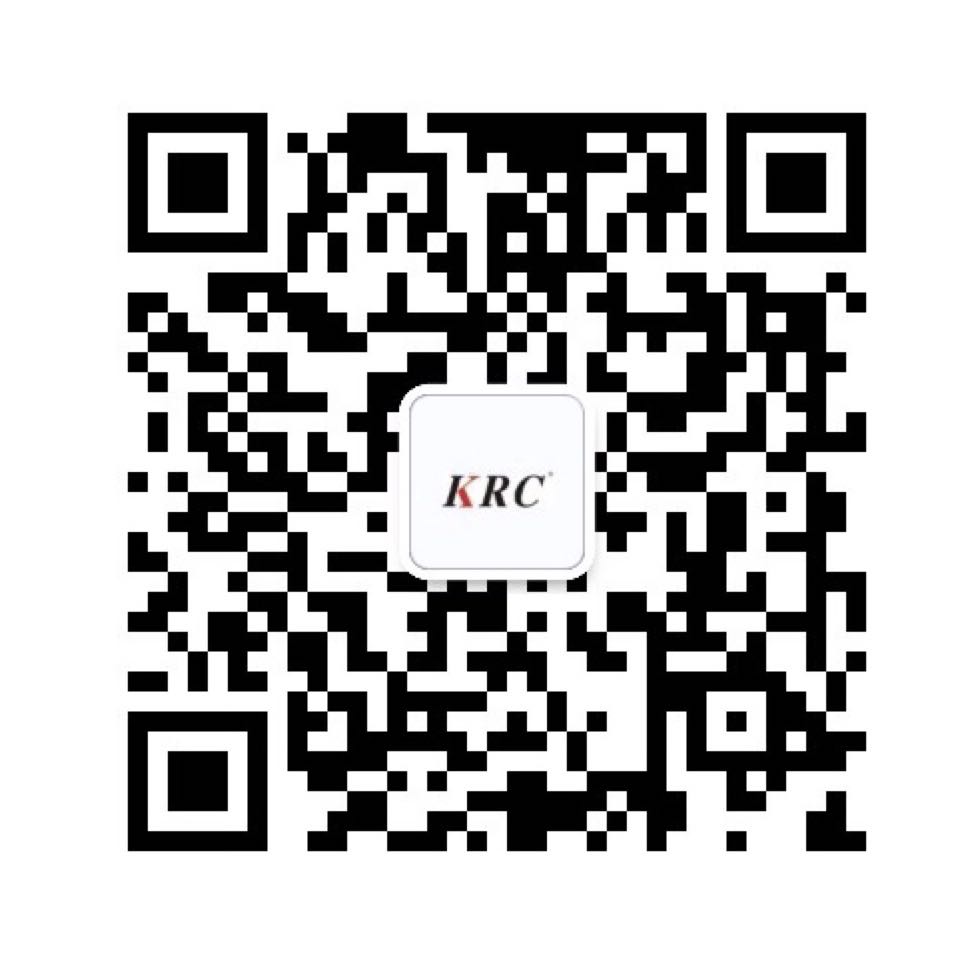How to Choose the Best Aluminium Edge Profile for Your Needs
Aluminium edge profiles are a versatile and durable solution for protecting and finishing the edges of a wide range of materials, including countertops, tiles, and glass. With a variety of profiles, materials, and finishes available, selecting the right edge profile can enhance the aesthetics and functionality of your project. Here’s a comprehensive guide to help you choose the best aluminium edge profile for your specific needs.
Factors to Consider
Intended Use
Consider the intended use of the edge profile. Different profiles are suitable for different applications, such as protecting countertop edges from wear and tear, securing glass panels in place, or concealing transition points between flooring materials.
Material Compatibility
Ensure that the aluminium edge profile is compatible with the material it will be applied to. Different materials have different bonding and expansion characteristics, and certain profiles may be better suited for specific material combinations.
Profile Shape
Choose a profile shape that complements the style and design of your project. Common profile shapes include square, round, bevelled, and bullnose, each offering a unique visual appearance.
Finish and Colour
Select a finish and colour that matches or complements the surrounding materials. Anodised, powder-coated, and mill finish profiles are available in a wide range of colours, allowing you to create a cohesive and aesthetically pleasing look.
Types of Aluminium Edge Profiles
T-Shape Profiles
T-shape profiles are versatile and can be used as edge protectors, transition strips, and expansion joint covers. They are available in various sizes and finishes, making them suitable for both indoor and outdoor applications.
U-Shape Profiles
U-shape profiles are commonly used to secure glass panels in place. They provide a clean and secure edge finish while allowing for easy removal of the glass when necessary.
L-Shape Profiles
L-shape profiles are designed to protect the edges of countertops or other surfaces from wear and impact. They are typically installed with adhesive or screws and can be found in various heights and finishes.
Angle Profiles
Angle profiles are used to create corners or transitions between different materials. They provide a durable and decorative solution for both interior and exterior applications.
Installation Considerations
Adhesive Method
Some edge profiles are designed to be installed using adhesive, such as double-sided tape or construction adhesive. This method is relatively easy and requires minimal tools.
Mechanical Fastening
Other edge profiles require mechanical fastening, such as screws or rivets. This method provides a more secure bond and is suitable for heavy-duty applications.
Professional Installation
For complex or large-scale projects, it is recommended to consult a professional installer to ensure proper installation and avoid any potential issues.
-
2024-09-14Exploring the Different Types of Modern Closet Door Pulls and Their Applications
-
2024-09-14How Cabinet Door Pull Handles Support High-Traffic Areas
-
2024-09-06Cost-Benefit Analysis of Investing in High-Quality Long Wardrobe Door Handles
-
2024-09-04How Flat Cabinet Handles Enhance Modern Interior Design
-
2024-11-29Top Trends in Modern Kitchen Cabinet Pulls for 2024
-
2024-11-28The Ultimate Guide to Modern Kitchen Cabinet Pulls- Materials, Styles, and Tips
-
2024-11-27Elevate Your Kitchen Design with These Must-Have Modern Cabinet Pulls
-
2024-11-26Sleek and Stylish- The Best Modern Kitchen Cabinet Pulls for a Contemporary Look

